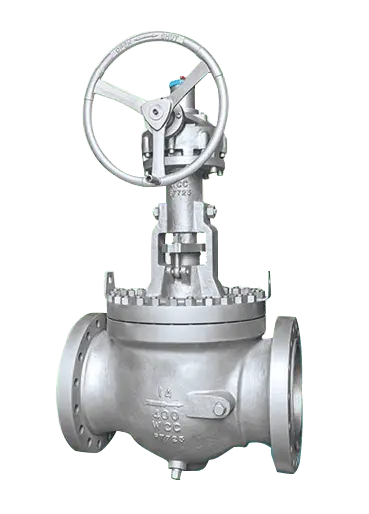
The Necessity of Maintenance and Care
While in use, Orbit Ball Valves can be impacted by media corrosion, wear, and sediment buildup. These issues may reduce sealing performance, increase operating torque, and potentially cause valve failures. To ensure the valve operates smoothly, prevent potential problems, and improve overall reliability, regular maintenance and care are essential.
Basic Principles of Maintenance and Care
Regular Inspection
Inspect the Orbit Ball Valve regularly by performing visual checks and internal examinations. This helps to quickly spot and fix any issues.Lubrication Maintenance
Lubricate the moving parts of the Orbit Ball Valve regularly to reduce friction and extend its service life.Cleaning Maintenance
Remove dirt and sediment from both the interior and exterior of the valve to maintain cleanliness.Replacement of Wear Parts
Based on usage and inspection results, timely replace wear parts such as sealing rings to ensure optimal sealing performance.Specific Maintenance Steps for Orbit Ball Valves
Visual Inspection
Check the Valve Body: Inspect the surface of the valve body for corrosion, cracks, or other visible damage.Check Connection Points: Ensure there are no leaks at the connection points between the valve and the pipeline, and verify that bolts and nuts are properly tightened.
Operational Performance Check
Operation Test: Manually or using the actuator, open and close the valve. Ensure it moves smoothly and that the operating torque is within the normal range.Sealing Performance Test: Perform a pressure test on the valve in the closed position to check for any leakage.
Lubrication Maintenance
Lubricate Parts: Apply lubricant to moving components such as the valve stem, bearings, and tracks using specialized lubricants. Avoid using unsuitable lubricants that could negatively affect sealing materials.Lubrication Frequency: Determine a reasonable lubrication cycle based on usage frequency and working conditions, generally performing lubrication maintenance every six months.
Cleaning and Maintenance
Internal Cleaning: Disassemble the valve to remove dirt, deposits, and corrosion from the valve chamber. Use appropriate cleaning agents and tools, and avoid causing damage to valve components.External Cleaning: Clean the external surface of the valve to ensure that nameplates and markings are clearly visible.
Replacement of Wear Parts
Seal Replacement: Inspect the seals for wear and aging, and replace them as needed to ensure sealing performance.Other Wear Parts: Check components such as the valve seat and stem for wear and replace them as necessary.
Common Issues and Solutions for Orbit Ball Valves
Seal Failure
Cause: Worn or aged sealing rings, damaged valve seat, or impurities inside the valve.Solution: Replace the sealing rings, repair or replace the valve seat, and clean the impurities inside the valve chamber.
Increased Operating Torque
Cause: Insufficient lubrication, worn valve stem or bearings, or deposits in the valve chamber.Solution: Lubricate the valve stem and bearings, replace worn parts, and clean the valve chamber.
Leakage
Cause: Loose bolts at connection points, damaged sealing rings or valve seat.Solution: Tighten the bolts and replace the sealing rings or valve seat.
